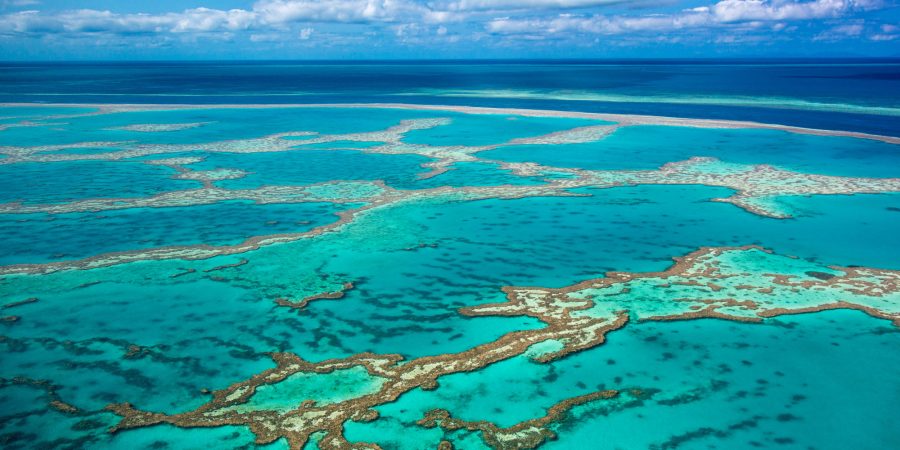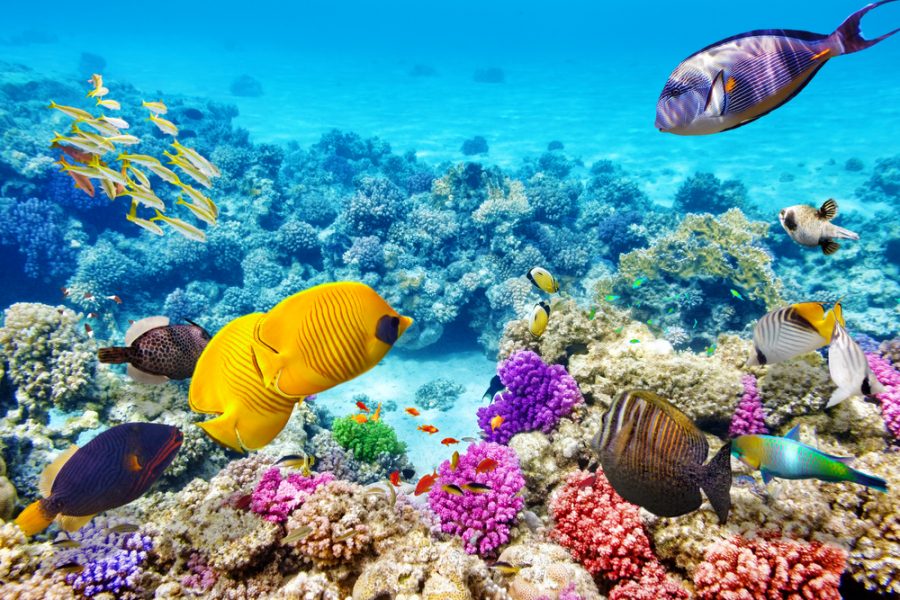For two years in a row, the Great Barrier Reef in Australia is undergoing a bleaching process caused by warm waters. This structure is the largest coral reef system in the entire world, and according to experts, the window of opportunity to help it from bleaching is closing really fast.
Last year, it was the El Niño phenomenon the responsible for the massive bleaching suffered by the reef. This phenomenon is a natural event that takes place in the Pacific, specifically at its tropical areas. Last year’s El Niño was pretty massive, and it helped the water to become hot and bleach important parts of the reef. However, this year’s bleach does not have any help whatsoever.

“The data are truly daunting,” said Robert Richmond, a coral reef expert, and director of the University of Hawaii’s Kewalo Marine Laboratory. “These massive bleaching events have become more severe, are longer lasting and are coming closer together. There just is no question that this is tied to climate change.”
The announcement for the bleaching was made this Sunday after publishing aerial surveys over the reef. The Great Barrier Reef is a structure with more than 3,000 individual reefs and can even be seen from space. The observation team is part of the Australian Research Council’s coral reef program at James Cook University.
How the bleaching process affects the Great Barrier Reef
A bleaching process takes place when the temperature of the water near the marine structure rises at considerable levels. It could also be produced by pollutants or excess of sunlight. A bleaching process could translate into negative consequences to a reef, including the death of the corals present at it. However, not all bleaches mean the loss of corals, as there are other factors that matter.
Is there are no algae present, the corals often grow weak since they do not have any source of food, which could translate into serious diseases and even imminent death. For this reason, the conditions of the reef need to improve as soon as possible to avoid the loss of big parts of the largest living structure on Earth, according to the National Oceanic and Atmospheric Administration.

Experts have warned that the actual state of the reef must worry authorities since recovering from bleaches is very difficult. Terry Hughes, director of the coral reef program at James Cook, has explained that it takes some species present at the reef more than 10 years to fully recover, and other species may take up to 20 or 30 years.
On this issue, Hughes explains that in recent history there have been four different major bleach processes (in 1998, 2002, 2016, and 2017), as there is a worrying decline when it comes to the number of species present at the reef, and a stagnation regarding the variety of species present at it.
Source: National Geographic
